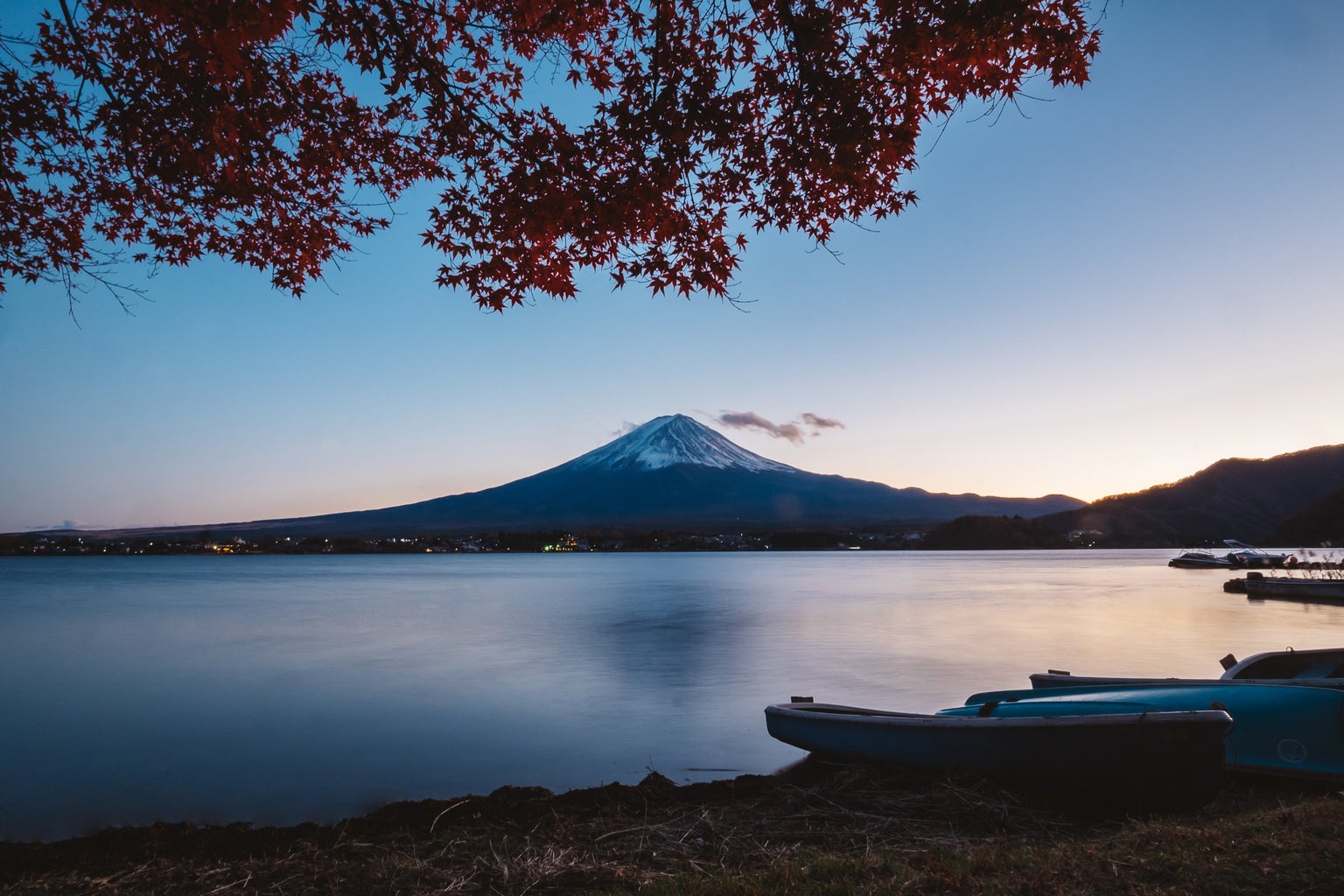Buddhism is one of those concepts that transcends just religion. If anything it’s more of a spiritual practice, a way of living that is happier and healthier. When it comes down to it, the kind of Buddhism that I follow is straightforward: spread kindness. There are endless ways to live a Buddhist life – which is pretty exciting – but it makes some days confusing. Similar to how Christian religions have multiple sects or divisions, there is Zen Buddhism, Japanese Buddhism, Tibetan Buddhism; these are just a few kinds. For a year I devoured every book on religion that I could find. I wanted to understand exactly what to believe in.


Like all religions and spiritual practices, there are pros and cons to Buddhism. The pros: it was one of the first spiritual practices to include women, it’s okay to make mistakes and it’s expected, the Dalai Lama is awesome, and Buddhism is constantly evolving. I needed a religion that wouldn’t get in the way of my feminist beliefs. Buddhism isn’t a feminist religion, no religions are, but it’s as close as I could get. The Buddha himself said that women and men can both reach enlightenment and Buddhist nuns are doing everything they can to promote women’s rights. I chose Tibetan Buddhism over other Buddhist practices, such as the ones in Thailand, because Tibetan Buddhism is by far the most progressive towards their treatment of women.
Another positive aspect of Tibetan Buddhism is karma. You hear westerners say all the time, “karma’s a bitch,” but it’s really not! Karma rewards those who act kindly, so as long as you’re a good person you don’t have to worry about it. There are plenty of ways to receive positive karma: picking up litter, paying for a stranger’s meal, etc. Any selfless act accrues positive karma. While it’s impossible to be selfless all the time, Buddhism encourages you to try your best.
On a final note: the Dalai Lama is an awesome human. If you need proof, check out his Twitter! The Dalai Lama is the spiritual leader of the Tibetan people. He’s one of the reasons that Tibetan Buddhism is constantly evolving. He’s campaigned for Buddhist nuns to be ordained and he promotes kindness amongst every group of people. While he does maintain a traditional mindset, the Dalai Lama overall is trying to make the world a better place. It’s this devotion to kindness and cooperation that influenced me to choose to follow Tibetan Buddhism in the first place.



